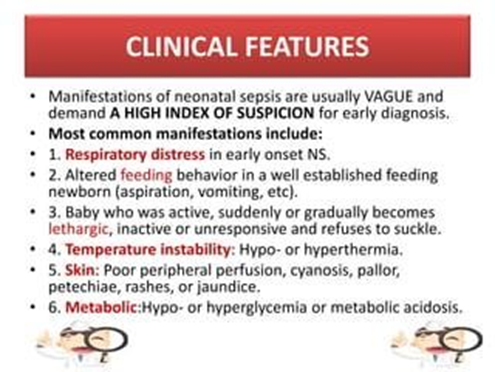The school nurse is conducting a seminar for parents of adolescents on how to communicate with teenagers. Which guidelines might the nurse recommend? Select all that apply.
Do not give praise unless the adolescent deserves it.
Speak to your child as an authority figure, not an equal.
Talk face to face and be aware of body language.
Don't pretend you know all the answers.
Ask questions to see why he or she feels that way.
Don't admit that you make mistakes.
Correct Answer : C,D,E
A. Providing praise when deserved is important for reinforcing positive behavior and fostering self-esteem.
B. Speaking to the child as an authority figure may create distance and hinder effective communication.
C. Talking face to face and being aware of body language can enhance communication and understanding between parents and adolescents.
D. Acknowledging uncertainty and not pretending to have all the answers can foster honesty and openness in communication.
E. Asking questions to understand the adolescent's perspective and feelings encourages dialogue and mutual understanding.
F. Admitting mistakes and modeling accountability is important for building trust and demonstrating humility in parent-adolescent relationships.
Nursing Test Bank
Naxlex Comprehensive Predictor Exams
Related Questions
Correct Answer is ["A","B","C"]
Explanation
A. Wanting friends to visit more than parents is more indicative of this stage, as they reflect the client's interest in social relationships.
B. Being very concerned with implications of laws or regulations demonstrates abstract thinking and consideration of complex societal issues, characteristic of middle formal operational thinking.
C. Wanting to make decisions about healthcare independently reflects increasing autonomy and ability to think abstractly.
D. Difficulty understanding implications of a diagnosis may indicate cognitive limitations rather than middle formal operational thinking.
E. Reporting occasional marijuana use may indicate behavior but does not necessarily reflect cognitive development according to Piaget's theory.
Correct Answer is A
Explanation
A. Correct. Temperature instability, including fever or hypothermia, can be a sign of sepsis in newborns, as it reflects the body's response to infection.
B. Increased urinary output is not typically associated with sepsis in newborns and may have other causes, such as adequate fluid intake or renal function.
C. Wakefulness is a normal behavior in newborns and is not specific to sepsis.
D. Interest in feeding is a positive sign and indicates the newborn's responsiveness to hunger cues, but it is not specific to sepsis.

Whether you are a student looking to ace your exams or a practicing nurse seeking to enhance your expertise , our nursing education contents will empower you with the confidence and competence to make a difference in the lives of patients and become a respected leader in the healthcare field.
Visit Naxlex, invest in your future and unlock endless possibilities with our unparalleled nursing education contents today
Report Wrong Answer on the Current Question
Do you disagree with the answer? If yes, what is your expected answer? Explain.
Kindly be descriptive with the issue you are facing.
